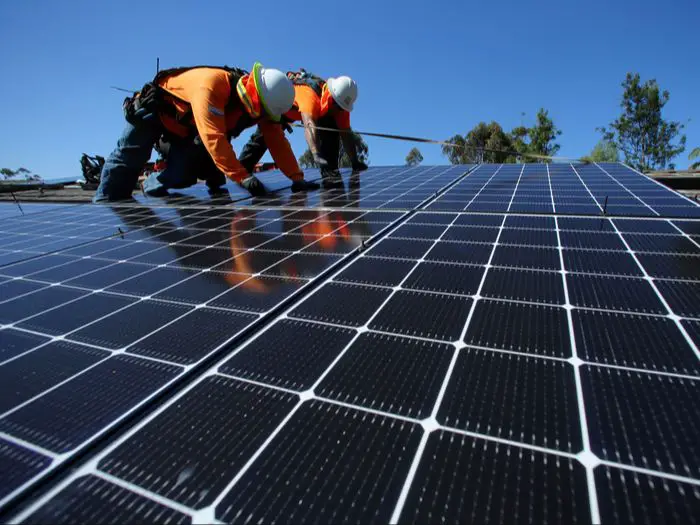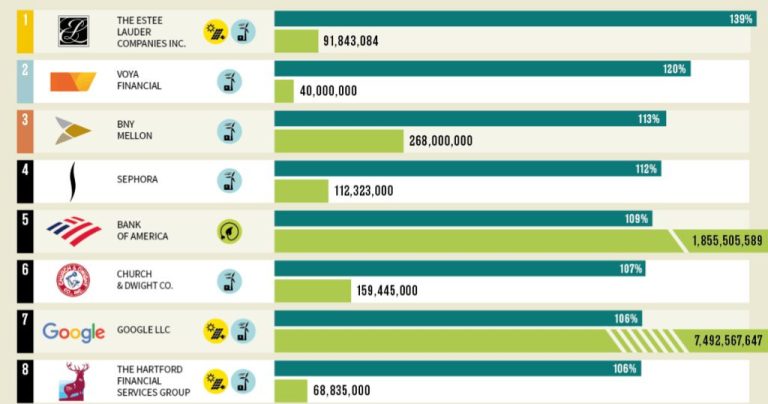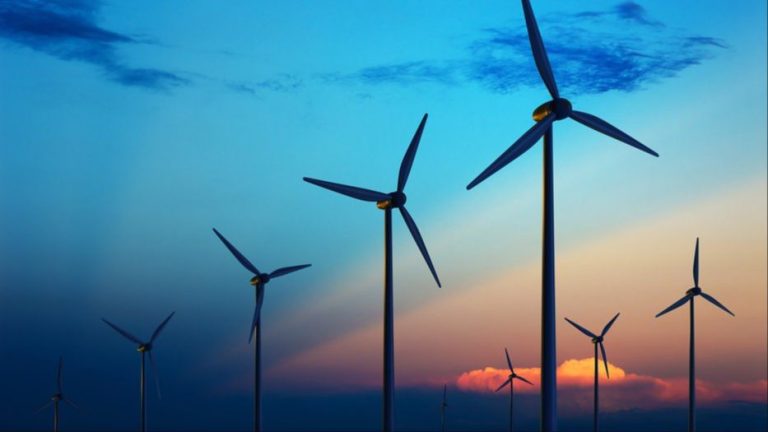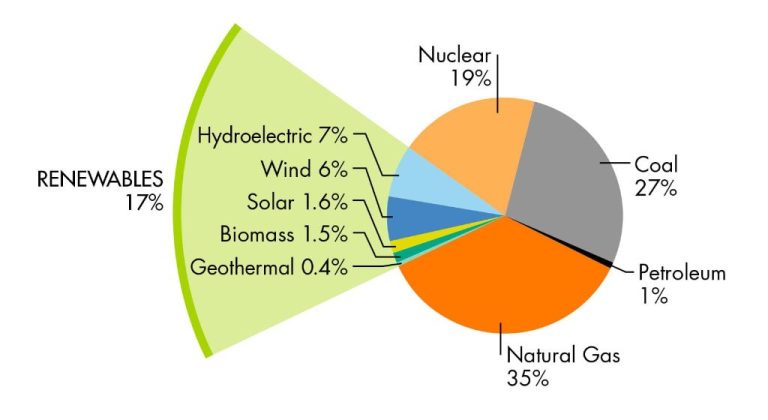Who Owns The Energy Grid?
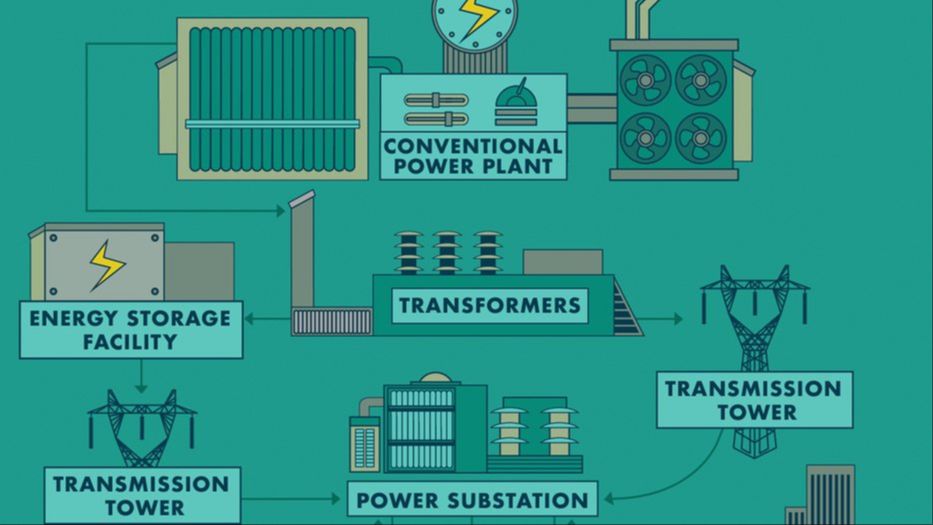
The energy grid refers to the interconnected network that delivers electricity from power plants to homes and businesses. It is made up of power generation facilities like coal, natural gas, nuclear, hydroelectric, wind and solar plants that produce electricity. This power travels through high voltage transmission lines that carry it long distances across states. Step-down substations and transformers convert the electricity to lower voltages that can be used in homes and businesses. Distribution lines, additional transformers, and smart meters deliver the power the last leg of the journey to end users. The grid allows electricity to be moved from points of generation to points of consumption quickly and efficiently.
History & Origins
The U.S. power grid began development in the late 19th century as electricity started to become more widely available. Small electric utilities popped up in major cities during the 1880s and 1890s to provide electric lighting locally. As these small electric companies consolidated and expanded outside of major metropolitan areas, the connected network of transmission lines between them became known as the power “grid.”
The grid grew rapidly in the early 1900s as electricity became more popular for residential and commercial use. Large electric utilities were built to serve broader regions, transmitting power over longer distances. Much of the early infrastructure was developed by private utility companies like Samuel Insull’s Commonwealth Edison in Chicago and Thomas Edison’s Edison Electric Illuminating Company of New York. These early grids transmitted DC power, but the development of AC transformers enabled long-distance, high-voltage transmission that could serve much wider areas.
Government programs and public projects helped spur major expansion and upgrades to the grid during the New Deal in the 1930s. The Rural Electrification Administration brought electricity to farming communities across the country through loans and promoting electric co-ops. The Hoover Dam, completed in 1936, allowed hydroelectric power generation on the Colorado River that supplied electricity to Los Angeles and other fast-growing Southwestern cities. The interconnected network continued growing through the mid-20th century as consumption increased and high-voltage transmission technology enabled electricity to be transmitted over hundreds of miles.
Local Utilities
Most electricity distribution and retail is handled by local utility companies. These are public, private, cooperative, or municipal organizations responsible for distributing power at lower voltages to homes, businesses, and other end-use customers within their service territories.
Local utilities own and maintain the distribution infrastructure like power poles, transformers, substations, and neighborhood lines that deliver electricity to end users. They are the ones sending monthly bills, handling outages, and interfacing with retail customers (Understanding Power Quality Concepts, 2022).
Nearly 20% of local power organizations report having just a single centralized wholesale power provider, such as the Tennessee Valley Authority, that they purchase electricity from. The local utilities then distribute that power locally through their own infrastructure (Will power be local? The role of local power organizations…, 2022).
Transmission Grid Ownership
The transmission grid in the U.S. has different models of ownership depending on the region. The three main types are investor-owned utilities, municipal utilities, and electric cooperatives:
Investor-owned utilities are private companies that own about 70% of transmission lines in the U.S. Some of the largest IOUs include Duke Energy, Southern Company, and Exelon. They operate transmission lines and recover costs from customers in their service territories (North American power transmission grid).
Municipal utilities are owned by local governments like cities, counties, or utility districts. They account for about 12% of transmission grid ownership and operate on a not-for-profit basis. Some examples are the Los Angeles Department of Water and Power and the Sacramento Municipal Utility District (Introduction to Electricity Transmission – CRS Reports).
Electric cooperatives are nonprofit entities owned by their customers or members. They own about 12% of transmission lines and provide service in many rural areas. Some major electric co-ops are Basin Electric Power Cooperative and Seminole Electric Cooperative (How Does the U.S. Power Grid Work?).
Independent System Operators
Independent System Operators (ISOs) are non-profit organizations that independently manage regional transmission grids and wholesale electricity markets. According to the Independent System Operator definition, ISOs oversee the operation of the transmission system and electricity market in a region, ensure non-discriminatory access to the grid, and maintain reliability and security. They play a key role in managing regional power grids across North America.
ISOs were created by FERC orders in the late 1990s to introduce competition and provide open access to transmission systems. As explained on the FERC website, they operate the grid and power markets in regions without a Regional Transmission Organization (RTO). Leading examples include the California ISO, Alberta Electric System Operator, and ERCOT in Texas.
The main responsibilities of ISOs are to independently manage the flow of electricity, maintain reliability, plan transmission expansion, and operate wholesale power markets. According to Wikipedia, they aim to provide fair and open grid access to all market participants. ISOs play a pivotal role in the operation of regional grids across North America.
FERC Regulation
The Federal Energy Regulatory Commission (FERC) has oversight over the interstate transmission of electricity as well as the wholesale electricity market. FERC regulates rates and services for transmission of electric power sold at wholesale in interstate commerce. This includes oversight of reliability standards and interconnection requirements.
FERC does not regulate local distribution facilities or retail electricity sales. However, under the Federal Power Act, FERC has jurisdiction over the transmission of electric power and the sale of electric power at wholesale in interstate commerce. This means FERC regulates interstate transmission rates, terms and conditions of service, and the planning and construction of new transmission facilities.
FERC also regulates various aspects of the organized wholesale electric markets. This includes market rules, transmission planning and cost allocation, and assuring just and reasonable electric rates. Overall, FERC plays a key role in oversight and regulation of the interstate high voltage electric transmission grid.
Reliability Standards
The North American Electric Reliability Corporation (NERC) sets mandatory reliability standards for planning and operating the bulk electric systems in North America. These are enforceable standards meant to ensure the reliability and security of the grid across regions and jurisdictions.
The standards address topics like resource and demand balancing, critical infrastructure protection, personnel training, and emergency preparedness and operations. NERC has authority to enforce violations of mandatory reliability standards with penalties. All users, owners, and operators of the bulk power system must comply.
The standards development involves an open and inclusive process guided by reliability and market principles (NERC). Proposed standards are reviewed by industry stakeholders and the public before approval by NERC’s board and regulatory authorities like FERC.
There are currently over 100 mandatory NERC reliability standards in effect, covering areas like transmission operations, cybersecurity, personnel training, and vegetation management. Regular revisions and new standards are added as needs evolve, with FERC approval required before becoming mandatory in the U.S. (NERC).
Investment & Upgrades
The electric grid requires continual investment and upgrades to maintain reliability and incorporate new technologies. But who pays for these investments? In general, responsibility falls to electric utilities and independent system operators.
Electric utilities own and operate local distribution infrastructure and are responsible for maintenance, repairs, and upgrades in their service territory. Utilities recover these costs from ratepayers through regulated rates approved by state public utility commissions. Investor-owned utilities also use shareholder money for some capital investments.
For the high-voltage transmission system, independent system operators facilitate grid investments and upgrades. As non-profit entities, ISOs collect funds from transmission owners and grid users to pay for upgrades that benefit regional reliability and efficiency. FERC oversees ISOs’ planning and cost allocation methods.
The U.S. government also provides funding for select grid upgrades, such as through the Inflation Reduction Act which allotted $3 billion for transmission facilities and $1 billion for smart grid investments. But in general, end-use customers and regional stakeholders foot the bill for maintaining and improving the grid through their electricity rates and transmission charges.
Smart Grid
The smart grid refers to the modernization of the traditional electrical grid system using advanced digital technologies and two-way communication between utilities and customers. According to the Office of Electricity Delivery & Energy Reliability, the smart grid “uses sensors, monitoring, communications, automation and computers to improve the flexibility, security, reliability, efficiency, and safety of the electricity system.”
Some key features of the smart grid include the ability to detect and react to local changes in usage, two-way communication between the utility and end users, automation of maintenance and monitoring, and integration of renewable energy and energy storage. The smart grid allows the traditional grid to be more efficient, resilient, and better able to handle increasing demand.
By providing utilities with real-time data about energy use and supply, the smart grid enables better integration of renewable but intermittent energy sources like wind and solar. The two-way flow of information allows customers to modify energy usage based on price signals while utilities can detect outages instantly and reroute power as needed. Overall, the smart grid is modernizing and transforming the traditional electricity grid.
Future Trends
The electric grid of the future is expected to move towards greater decentralization and integration of renewable energy sources through microgrids and distributed energy resources. According to the MIT report on The Future of the Electric Grid, the grid is shifting away from the traditional centralized model to a more distributed system with two-way flows of electricity and information. The Department of Energy’s Vision of the Future Grid also describes a grid that seamlessly integrates renewable energy from various distributed resources.
Microgrids are self-contained energy systems that can disconnect from the main grid and operate autonomously. They allow communities and campuses to generate power locally using solar panels, wind turbines, combined heat and power plants and battery storage. Microgrids can enhance resiliency during power outages and reduce strain on the main grid. According to PNNL, the smart grid will integrate and optimize microgrids and distributed energy to maximize efficiency and cost-savings for consumers.
The growth of renewable energy is also driving changes to the grid’s architecture. The intermittent nature of wind and solar requires new grid capabilities for managing two-way power flows and integrating diverse energy sources. Investment in smart grid technologies like advanced metering, communications networks, sensors and data analytics will enable better coordination and control over decentralized energy. This is critical for balancing supply and demand across the network as reliance on renewable energy grows.

